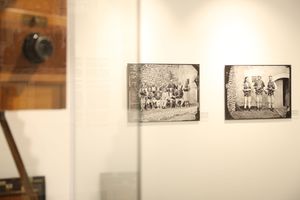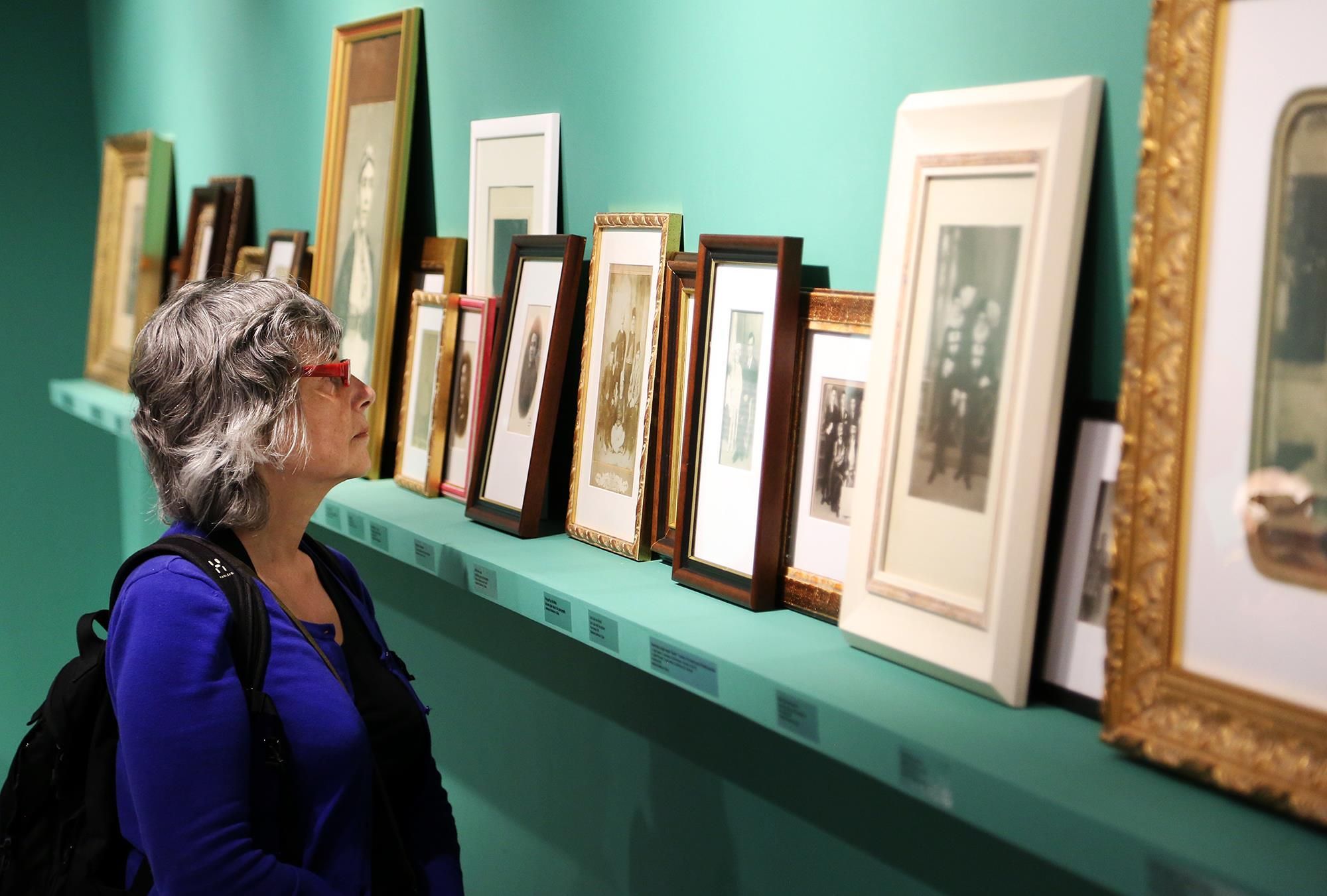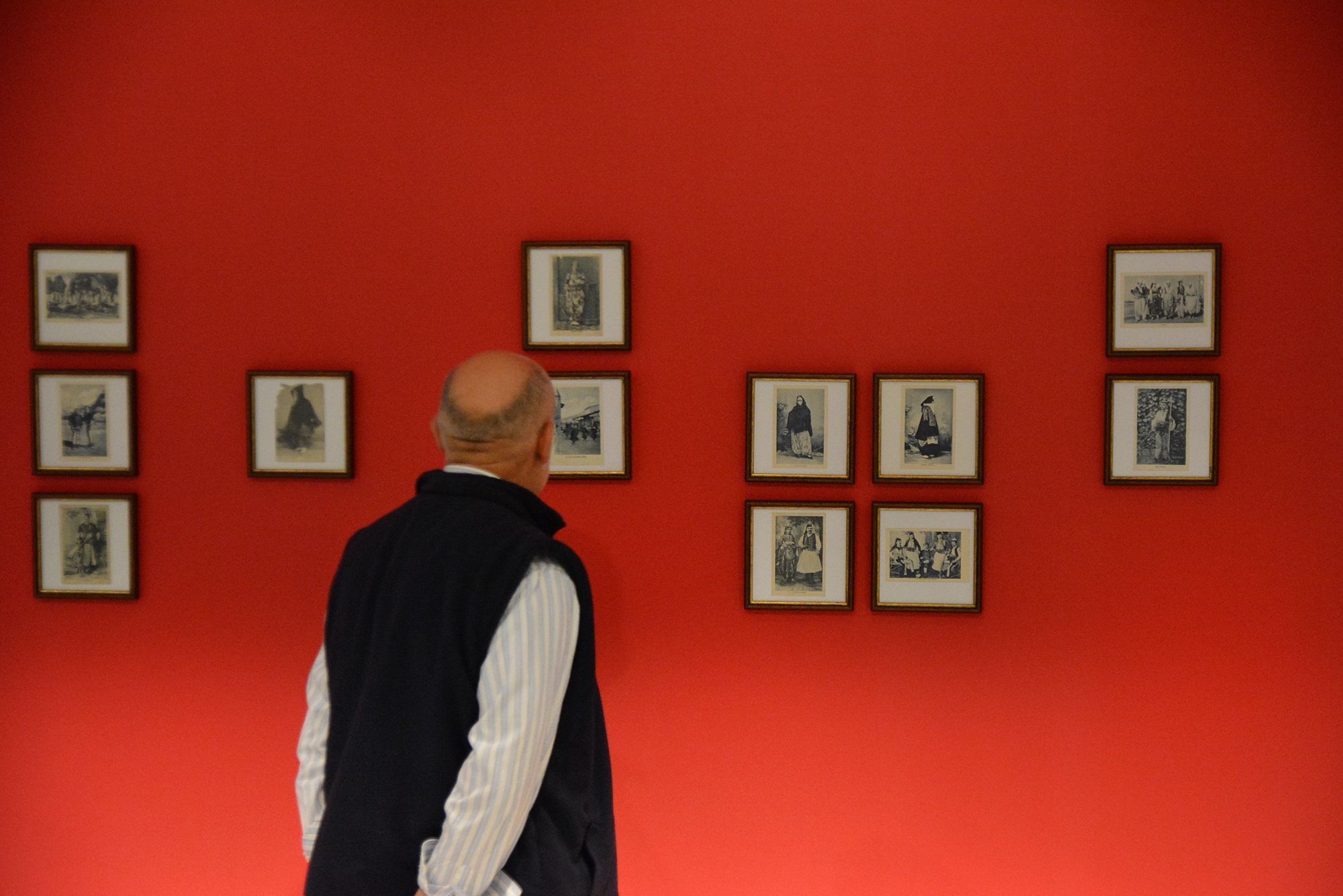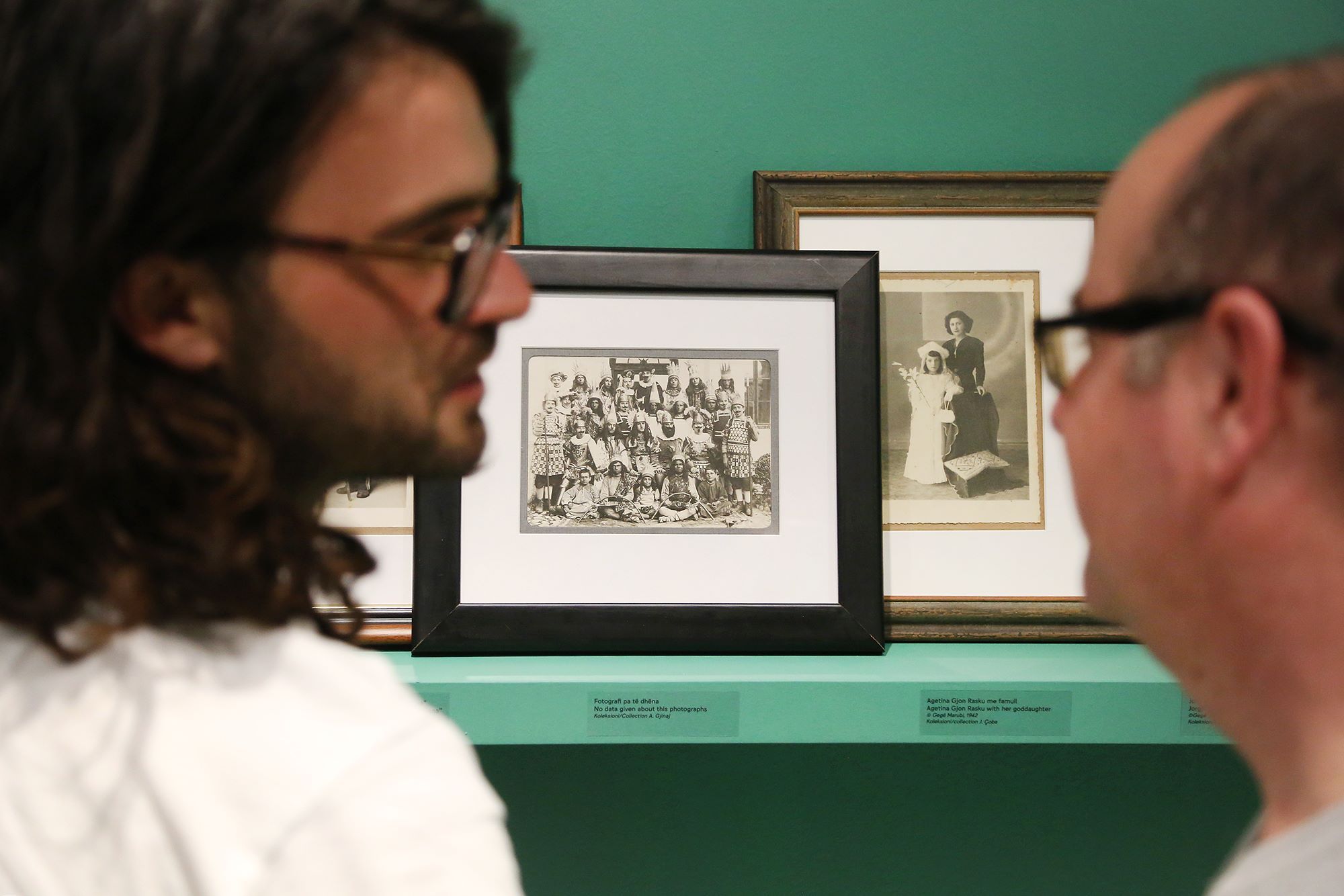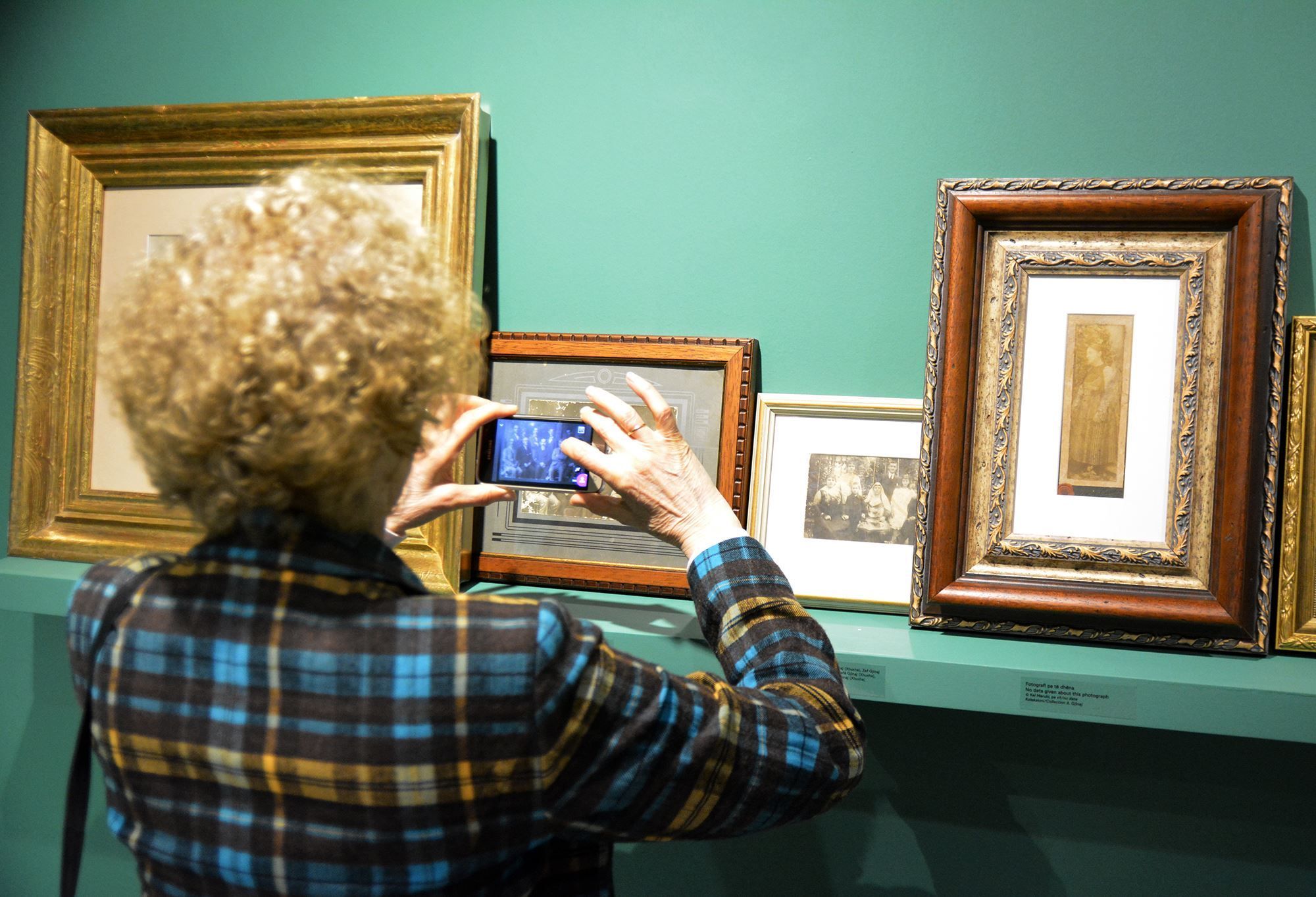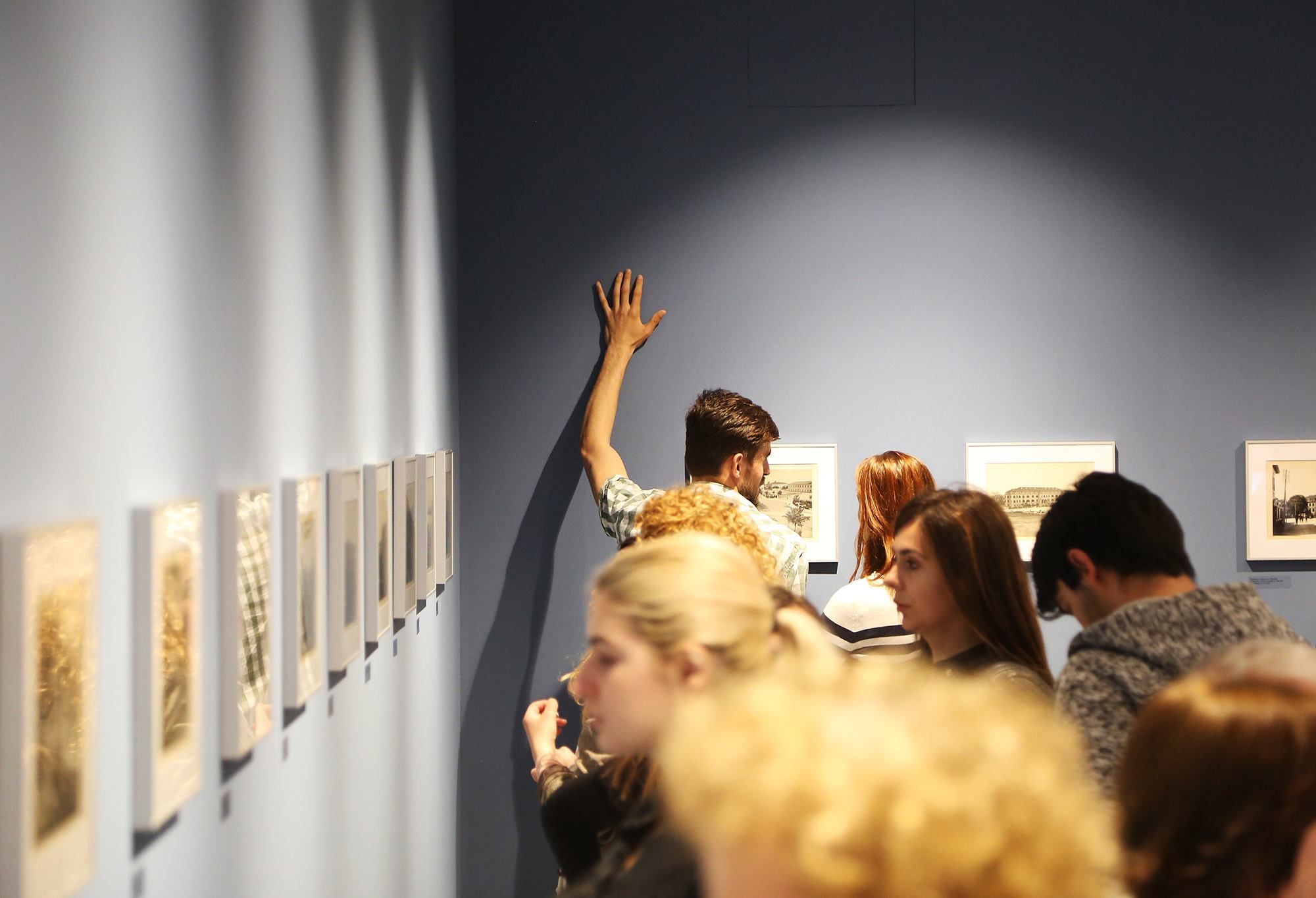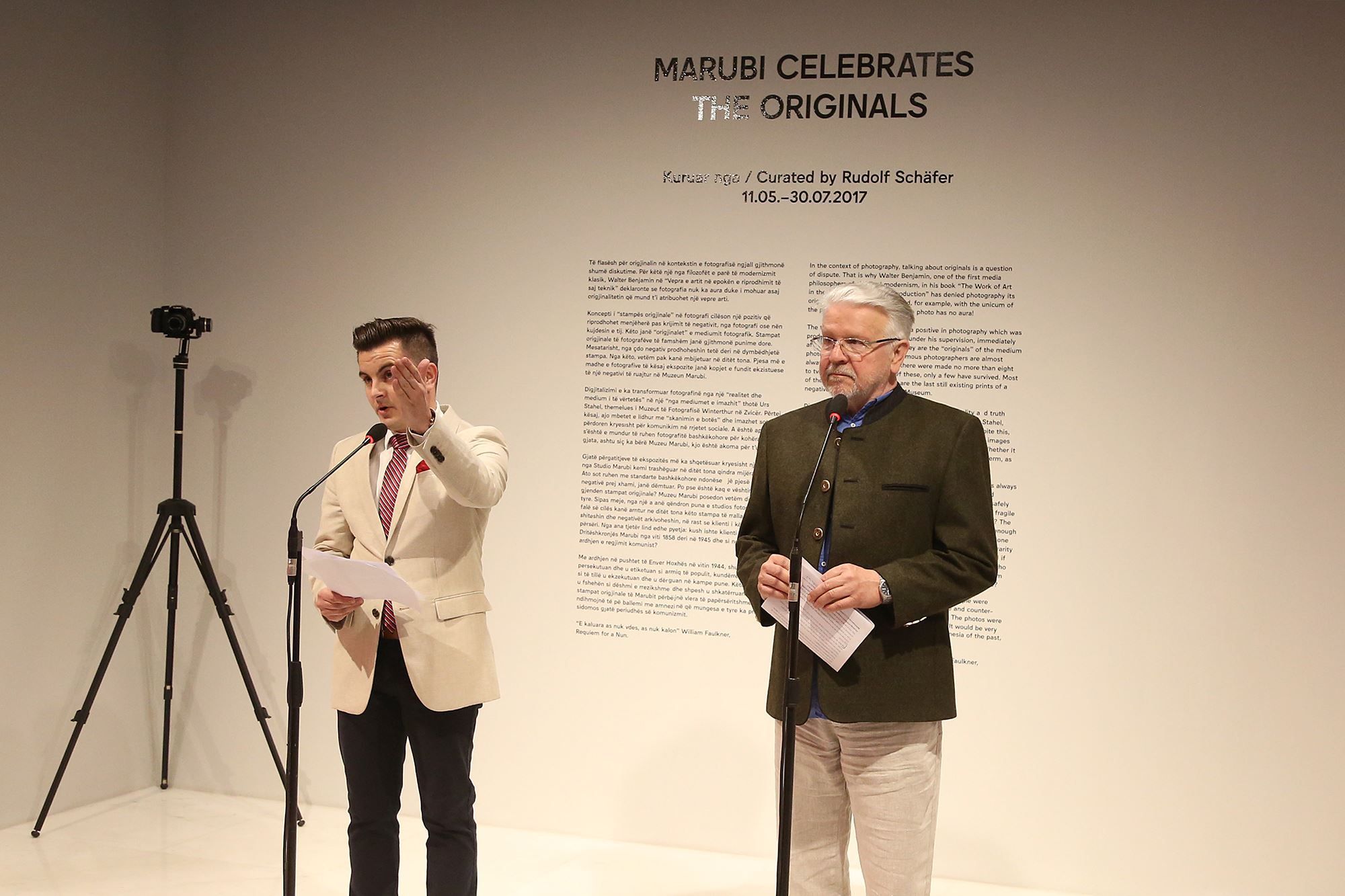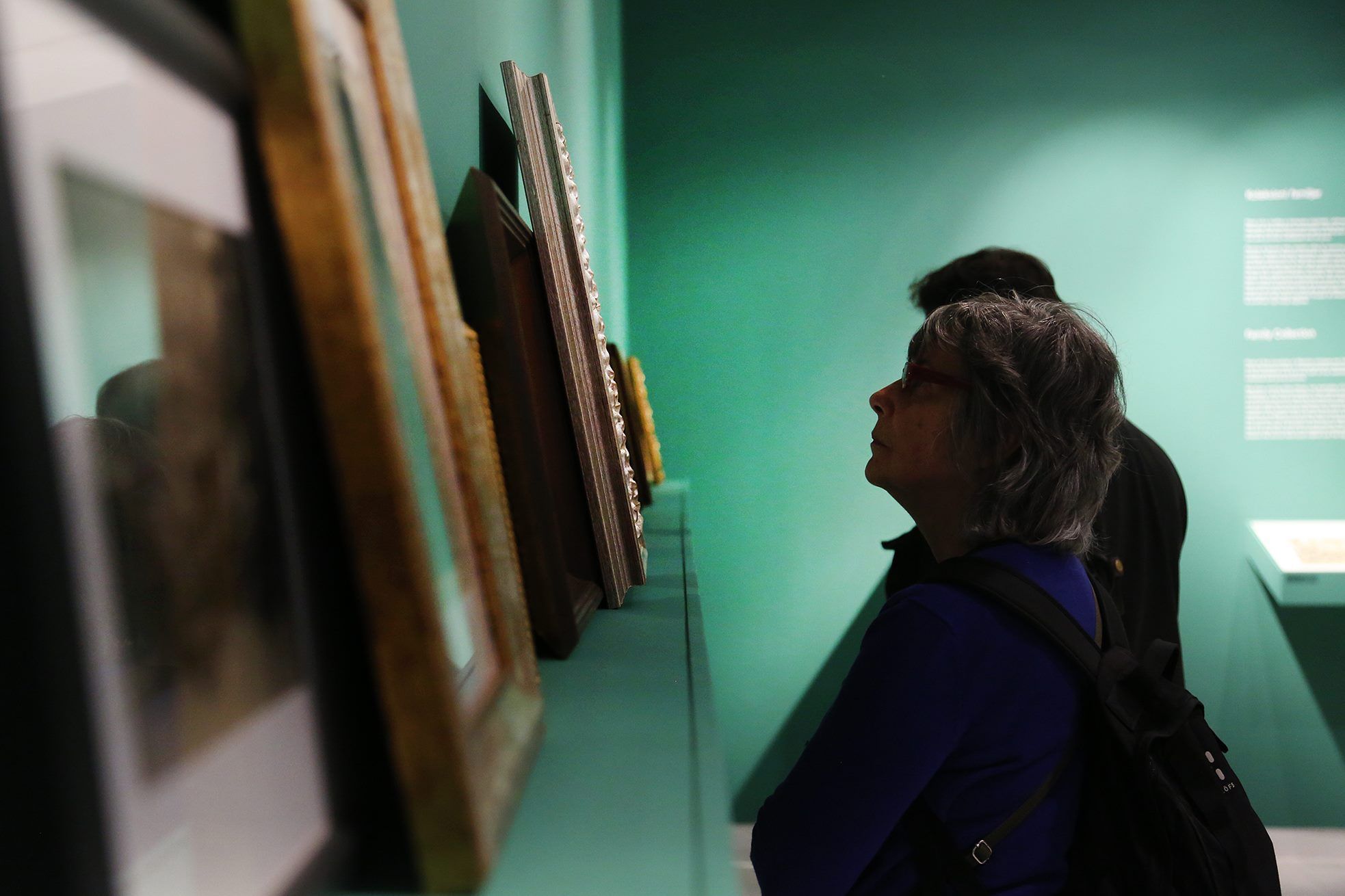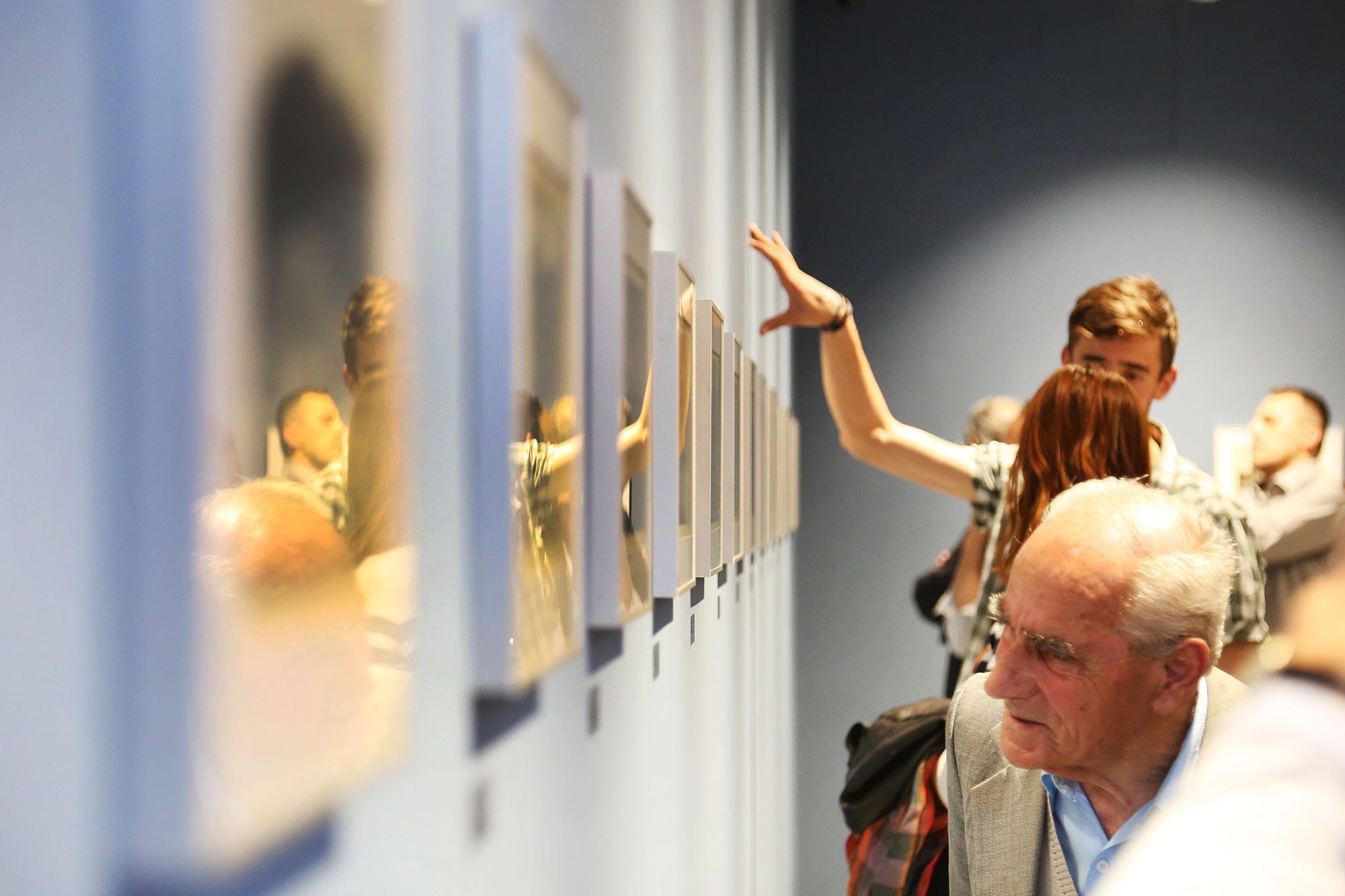Marubi Celebrates the Originals
–
In the context of photography, talking about originals is a question of dispute. That is why Walter Benjamin, one of the first media philosophers of classical modernism, in his book “The Work of Art in the Age of Mechanical Reproduction” has denied photography its original character when compared, for example, with the unicum of the painting. His statement is – the photo has no aura!
The term “vintage print” refers to a positive in photography which was produced by the photographer, or under his supervision, immediately after the negative was created. They are the “originals” of the medium photography.
Vintage prints by famous photographers are almost always handprints. On average, there were made no more than eight to twelve prints per negative. Of these, only a few have survived. Most of the photographs shown here are the last still existing prints of a negative preserved in the Marubi Museum.
Digitization has transformed photography from a “reality and truth medium” into an “image medium among others”, says Urs Stahel, founder of the Fotomuseum Winterthur in Switzerland. Despite this, it remains connected to the “scanning of the world” and the images are mainly used for communication in the social networks. Whether it is possible or not to secure contemporary photos in the long term, as the Marubi Marubi has done, remains an unsolved case.
One question concerning the preparations for the exhibition has always intrigued me. The Marubi studio left behind a hundred thousand negatives. Today they are professionally stored and researched safely by the Marubi Museum. All very vulnerable and many of them of fragile glass. Why was it so hard to find the originals, the vintage prints? The Marubi Museum left few of them and the museum did not have enough time to buy new collection objects. In my opinion, there is on the one hand the work of a photo atelier, who is responsible for the great rarity of the vintage, the pictures are sold and the negatives are archived if the customer reorders. On the other hand, there is the question, who was the normal customer of the “Dritëshkronja Marubi” studio from 1858 to 1945 and how this changed during the communist regime?
With Enver Hoxha’s rise to power in 1944, groups of people were persecuted and referred to as enemies of the people and counterrevolutionaries deported in camps or even executed. The photos were hidden as dangerous evidence and often destroyed. It would be very worthwhile if our exhibition helps to counter the amnesia of the past, especially the Hoxha Dictatorship.
“The past is never dead. It's not even past.”
William Faulkner, Requiem for a Nun.
Exhibition Credits
- Curated by
Rudolf Schäfer
- Acknowledgements
Kapidani family
Gjon Kamsi family
Andrea Jakova
Eduard Gjinaj
Jozef Çoba
Kozma Dashi
Leopold Shkreli
Vaster Dhima



